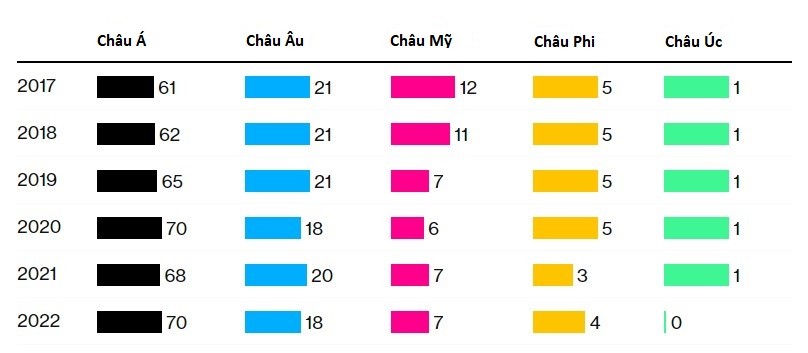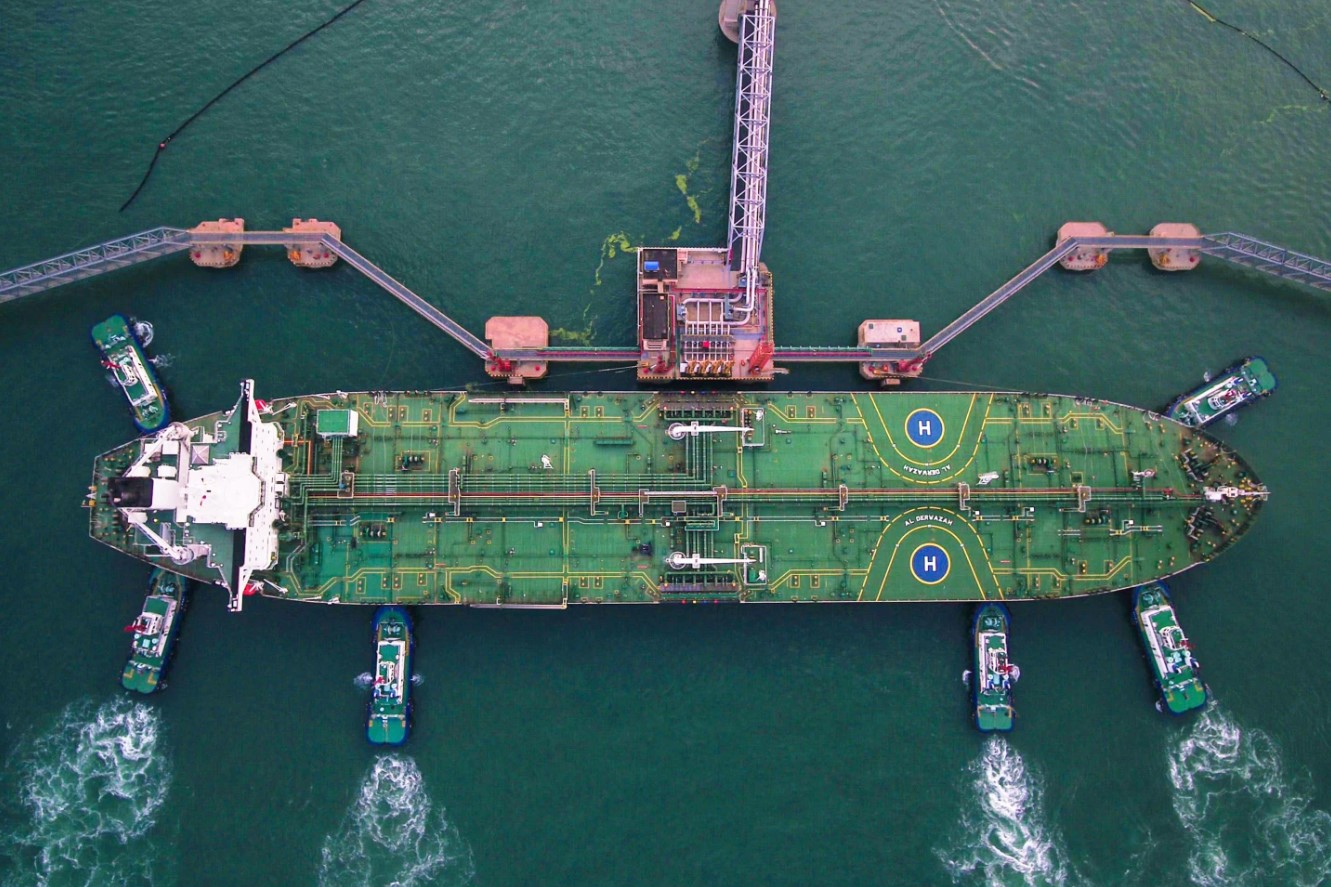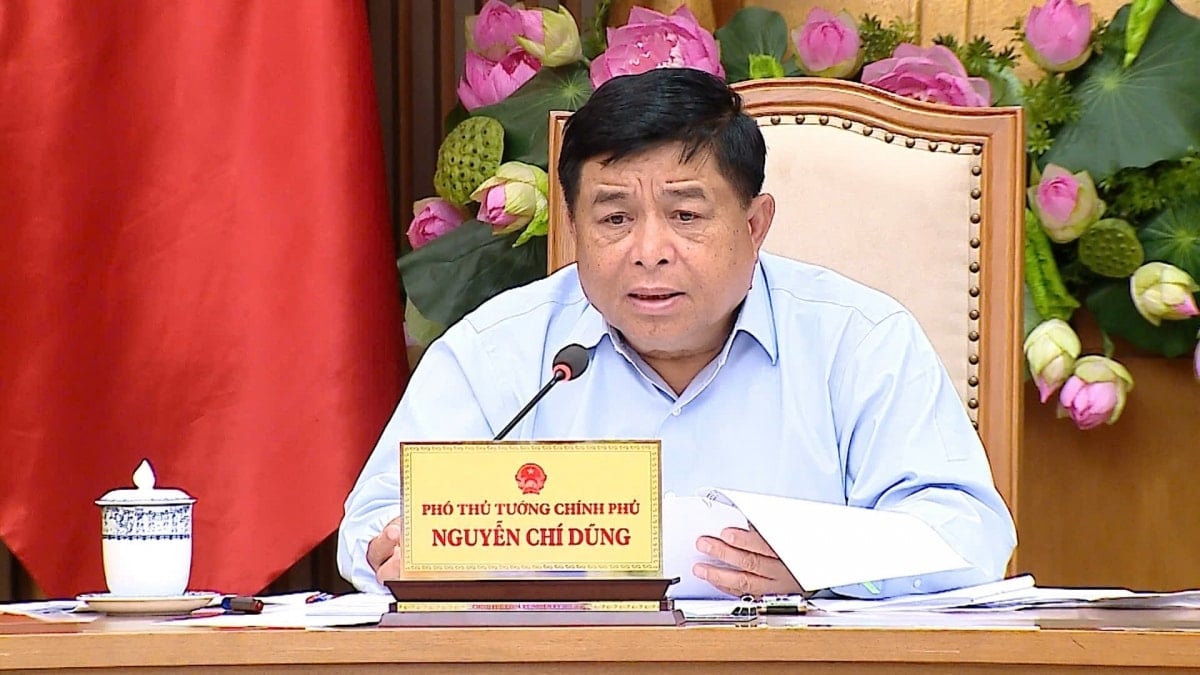Oil prices rose $5 a barrel to more than $85 a barrel on April 3, after the Organization of the Petroleum Exporting Countries and its allies, including Russia (OPEC+), unexpectedly announced a production cut of about 1.16 million barrels per day from May until the end of the year.
Opec+ members will make “voluntary” cuts. Specifically, Saudi Arabia will cut 500,000 barrels per day, the United Arab Emirates (UAE) 144,000 barrels per day, Iraq 211,000 barrels per day, Kuwait 128,000 barrels per day and Oman 40,000 barrels per day. Russia will also cut 500,000 barrels per day but starting in June.
The total OPEC+ cuts from November will amount to 3.66 million barrels per day, or 3.7% of global demand. The actual reductions may be lower, as some members have yet to reach their production targets, such as 300,000 barrels per day for Russia and 700,000 barrels per day for the rest of the group.
Fear of recession?
OPEC+ had expected to keep production steady until the end of the year, after cutting production by 2 million barrels per day in November last year, so the recent announcement of the cut took the market by surprise. The organization's recent move can be explained by three reasons.

OPEC's export markets from 2017-2022 (Unit: Percent). Photo: Bloomberg
First, OPEC+ expects the production cuts to be implemented as a precautionary measure to stabilize the market, according to Saudi Arabia.
Fears of a new banking crisis have sent investors dumping riskier assets over the past month, sending oil prices tumbling to nearly $70 a barrel from an all-time high of $139 in March 2022.
The scale of the latest cut may have been excessive, unless OPEC is worried about a global recession, according to Redburn Research. As economies weaken, demand and fuel prices fall, cutting refinery profits. Supply cuts, in turn, will push crude prices higher.
Second, OPEC+ wants to target speculators and oil short sellers (who bet on falling oil prices to profit from the spread).
In 2020, Saudi Arabia’s Energy Minister Prince Abdulaziz bin Salman warned traders not to bet too much on the oil market, saying he would try to make the market surge and give those betting on oil prices “headaches.”
The latest cut will be devastating for those betting on oil, Reuters said.
Third, OPEC+ wants to find higher prices. Although Brent crude oil rose to $85 a barrel at the open on April 3, it is still below its peak.
According to many analysts, OPEC+ is keen to set a floor price at $80/barrel as UBS and Rystad predict oil prices will rise to $100/barrel.
Can't miss
After a series of banking collapses in the US, the subsequent recovery in oil prices was buoyed by strong demand from China - the world's largest oil and gas importer.
China has become a major factor in analysts’ oil price forecasts. It is a market that oil traders look at when making decisions, and a market that producers look at when planning for the future.
This year, China is expected to account for about 50% of global oil demand, reaching a record high of nearly 102 million barrels per day, according to the International Energy Agency (IEA) January oil market report. In two subsequent reports, the IEA maintained its view that China's reopening from Covid will boost global oil demand significantly higher.
OPEC also forecast strong demand growth in China, revising its demand forecast from that market to 700,000 barrels per day from 590,000 barrels per day in its latest monthly market report.
OPEC is also quite optimistic about India's demand. The South Asian country has to import more than 80% of its crude oil to meet domestic demand. With a growing population and economy, India is considered a country that can replace China as the leading country in oil demand in less than 20 years.

An oil tanker and tugboats at Qingdao port in Shandong province, China. The country's oil demand is expected to reach 102 million barrels per day by 2023. Photo: Fortune
Moreover, Asia is not just about China and India. Many other countries in the region also have growing demand for oil and gas.
Indonesia is the largest petroleum importer in Asia, with a demand for 670,000 barrels per day by 2023.
According to the Gas Exporting Countries Forum, fuel demand in ASEAN is expected to more than double to 350 billion cubic meters by 2050 compared to 2021, to completely replace coal. Thailand, Malaysia and Indonesia will be the top gas importers in the region.
With current and projected oil demand growth rates, China, India and the rest of Asia are the focus of attention for both OPEC+ and other oil producers. OPEC+ production cuts would therefore be a golden opportunity for other oil producers from the Americas, Africa and elsewhere to gain market share in the region .
Nguyen Tuyet (According to Reuters, Oil Price, Bloomberg)
Source



















































![[Maritime News] More than 80% of global container shipping capacity is in the hands of MSC and major shipping alliances](https://vphoto.vietnam.vn/thumb/402x226/vietnam/resource/IMAGE/2025/7/16/6b4d586c984b4cbf8c5680352b9eaeb0)













































Comment (0)